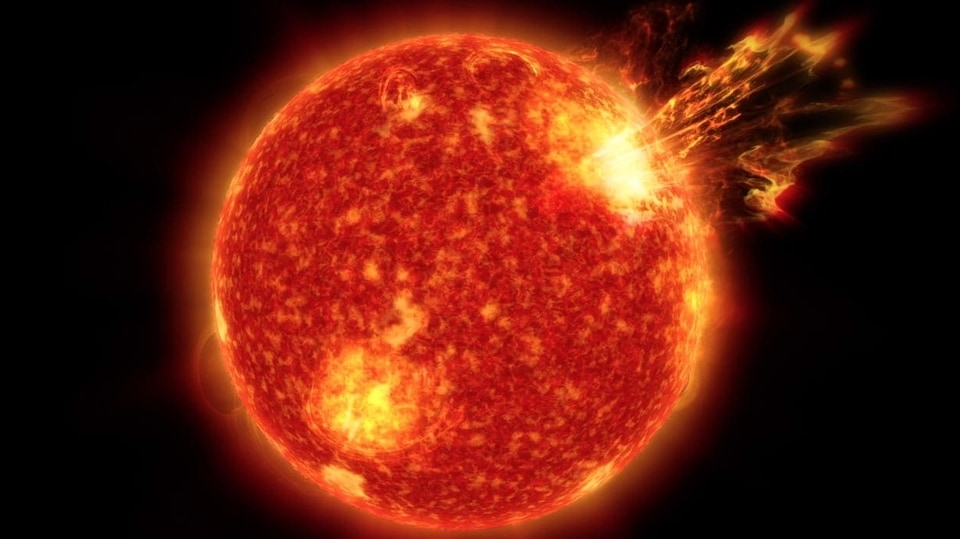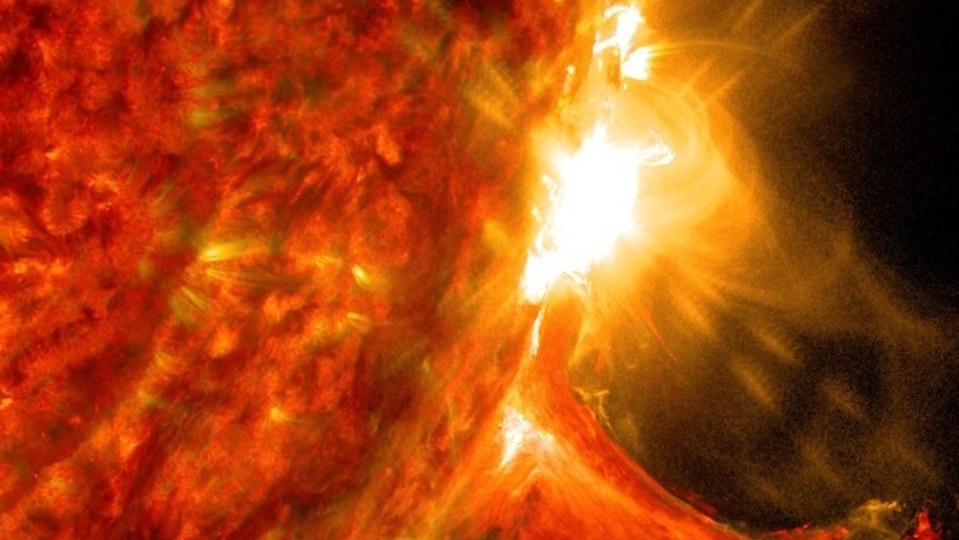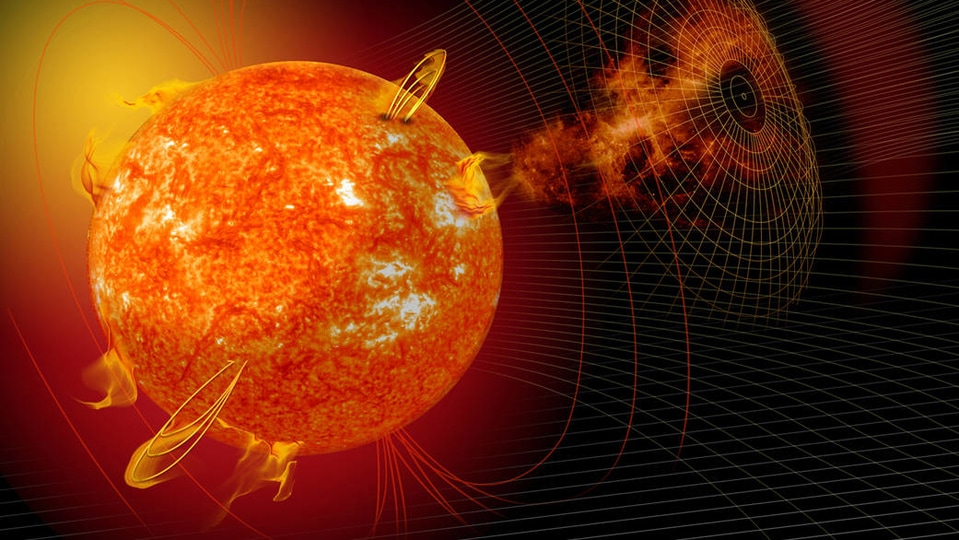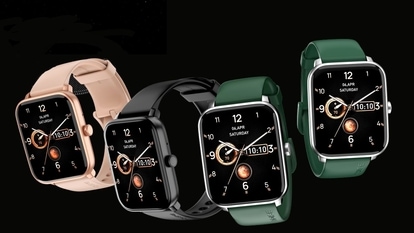Valentine’s day solar storm ALERT! Sun blasts CME clouds towards the Earth
A solar storm can strike the Earth on Valentine’s day, after a huge coronal mass ejection (CME) cloud was spotted being hurled by the Sun. Know the damage it can cause.




_1639373804152_1639373815879.jpg)

 View all Images
View all ImagesEver since the X-class solar flare eruption on the Sun on February 11, solar activities have been in the pause mode. But that does not mean any good news for the Earth. The same flare eruption had also released a huge cloud of coronal mass ejection(CME) which has been predicted to reach our planet between today, February 14 and February 15. Sadly, this means that many people's valentine's day plans can get affected by the Sun's wrath. The solar storm can impact wireless communications and cause a nightmare for flights and other services relying on low frequency transmissions. Know the possible consequences of this solar storm attack.
The development was reported by SpaceWeather.com which noted on its website, “Minor G1-class solar storms are possible on Feb. 14-15 when one or more CMEs could deliver glancing blows to Earth's magnetic field. The storm clouds were hurled into space by an X1-flare and an erupting magnetic filament--both on Feb. 11th”. Interestingly, the CME cloud that has been released has taken the shape of a halo.
Solar storm to hit on Valentine's day
The resultant solar storm from this CME strike is expected to be of G1 class level. Although it is a minor solar storm, it is still potent enough to cause some annoyance for people. Solar storms contain a high amount of magnetic energy, along with other radiation, which are capable of interfering with wireless communications including GPS services and low frequency transmissions. These services are largely used by airlines, small ships and mariners, drone operators and ham radio controllers.
As a result, this solar storm can delay or alter the flight paths of planes which can affect travel times for many in the affected region. Similarly, some emergency services and broadcast stations can also be affected. Luckily, this solar storm is not strong enough to damage satellites or affect power grids on the Earth.
It is not possible to identify the region which may be affected by this solar storm, although a greater likelihood is for the regions residing in the southern hemisphere. South America, Australia and New Zealand, few African countries and some island nations are at the highest risk. The National Oceanic and Space Administration (NOAA) is keeping a watchful eye towards any new developments around the CME cloud.
How NOAA predicts solar storms
NOAA monitors the solar storms and Sun's behavior using its DSCOVR satellite which became operational in 2016. The recovered data is then run through the Space Weather Prediction Center and the final analysis is prepared. The different measurements are done on temperature, speed, density, degree of orientation and frequency of the solar particles.
Catch all the Latest Tech News, Mobile News, Laptop News, Gaming news, Wearables News , How To News, also keep up with us on Whatsapp channel,Twitter, Facebook, Google News, and Instagram. For our latest videos, subscribe to our YouTube channel.
































